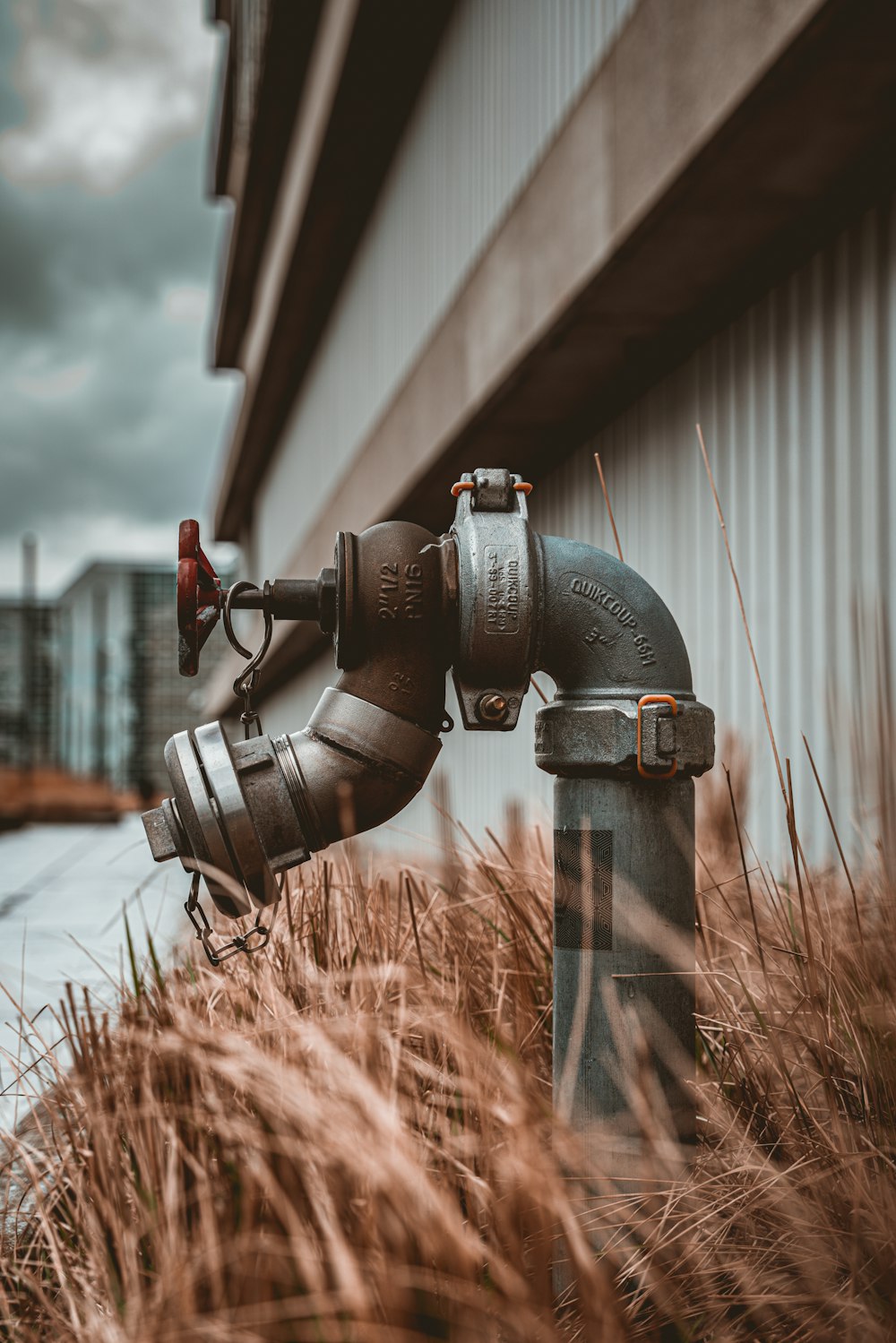Valves Used In Our Everyday Life
Source: https://unsplash.com/photos/aKOxoh4yjkQ
Pipes may go unnoticed, but they silently and efficiently convey massive amounts of fluid (liquid and gas) around the planet every day. Lines must be able to control the amount of fluid that can pass through them and turn off the flow completely to function efficiently. Then there are seepex pumps, and we can control them.
Valves perform this function by acting as mechanical switches that can turn pipes on and off or increase or decrease the quantity of material flowing through them, whether gas or liquid. Let's look at how they work in more detail.
What are Valves?
A valve can be referred to as a certain kind of mechanical device that can partially or totally obstruct a pipe in order to change the volume of material that goes through it.
For instance, every time you open your faucets to brush your teeth, you have to rely on valves for the water you get in your sinks. And also, whenever you use your flush to flush your toilet, you have to take the help of valves.
Gasses and liquids are both regulated by valves. If your stove has a gas cooktop (hob), the controls that switch the gas on and off are called valves. When you raise the temperature, you're opening a valve that permits more gas to enter the pipe. More gas burns with a larger flame, resulting in a greater amount of heat.
Any equipment that uses liquids or gasses is almost certain to have valves.
Another instance can be given as, and whenever you're washing your essentials in the washing machine, valves are used to pour in the water in your washer and also drain the used water out of the washing machine.
And for those who tend to drive cars, valves open and close numerous times each second to admit air and fuel while also allowing the extra gasses to go out.
Valves are used in more than simple machines. Your heart contains a number of essential valves that allow it to pump blood to your lungs (where oxygen is taken in) and subsequently around your body.
How are Valves Made?
Valves that are turned off must properly instruct any kind of liquid through the valve body to avoid any large-scale accidents. Especially the valves used in the oil and gas industries have to be of high quality, as even small oil leaks can create huge casualties. There will be a great loss of expensive chemicals that are difficult to obtain in the first place.
The process of obstructing various liquids or gasses with high-pressure flow by restricting it with a valve is physically demanding; in other words, it requires a great deal of force. This is also the reason why big wheels or levers control some kinds of valves. However, one shortcoming is, it might take a much longer time span between each movement. If very large valves take too much force for a human to operate, they'll be replaced.
The materials used in the valve are also crucial since they impact how long the valve will last. Many people prefer aluminum valves because they are more durable. If you're looking for aluminum valves, contact activated alumina manufacturers.
How to Choose Materials For Valves?

Source: https://unsplash.com/photos/auPZrRlO7KY
It is certain that not every valve can be composed of metal and are large, powerful, and industrial-strength. If you look closely at your containers of food items present in the kitchen, you'll see that many of them have valves. Rather than screw caps, Poppet valves are commonly used on water bottles.
Another example might be the jars of food items, in which usually an elastic material is used to make the jar tops. This material is used to seal a food-dispensing jar that is ordinarily upside down, allowing the food to drip out onto the table beneath!
The elastic material contains four openings to allow food to pass through, but it's also fairly stiff; you can be able to open the jar only when you will squeeze it. Wherever you will squeeze it, the food items will come off the slits present at the top of the jar. All these examples rely on the correct decision of choosing the materials for the valves.
And when it comes to valve materials, it's important to consider not only how they'll perform throughout their lifespan but also what will happen to them after that. Recycling is becoming increasingly significant in the food packaging industry.
Consider the miniature valves found on certain kinds of coffee bags. If pure coffee is left unatoned in a place for several months, it will start producing the gas of carbon dioxide, and the packing will burst open if the valves are absent. As a result, coffee bags contain clever one-way “degassing” valves composed of valve membranes that will open once the pressure inside the coffee bags starts growing.
Types of Valves
Let's see some common types of valves:-
-
Ball Valves
A ball valve is a type of rotary valve that regulates flow by moving a ball-shaped disk inside the valve body. When the valve's intake is left open, the passing bose inside the lines of the ball-shaped disc up, allowing the liquid or glass to pass through. These are excellent valves for oil and gas.
-
ARV Valves
These ‘Automatic Recirculation Valve' valves have various functions and are commonly utilized in oil and gas manufacturing plants. Their primary objective is to maintain a previously specified pressure and volume of liquid or gas flow throughout the materials transportation operation.
-
Breather Valves
These ‘Automatic Recirculation Valve' valves are extensively used in oil and gas manufacturing plants and have many functions. Their major goal is to maintain a predetermined pressure and volume of liquid or gas flow throughout the materials transportation process.
On and off switches are commonly used to control them. Because these valves are used in industries, they must cope with a large amount of electricity, so a vacuum circuit breaker should be installed in your switches. Make sure to contact vacuum contactors to get yourself a vacuum circuit breaker.
Final Thoughts
Valves have long been an integral feature of the intricate plumbing systems used in our industries and homes. Without them, the plumbing system as we know it would be impossible. Based on the internal structure and operation of its components, each valve is created to order and has a variety of uses. As a result, review the valve types provided in this article and select the valve that best matches your requirements.






